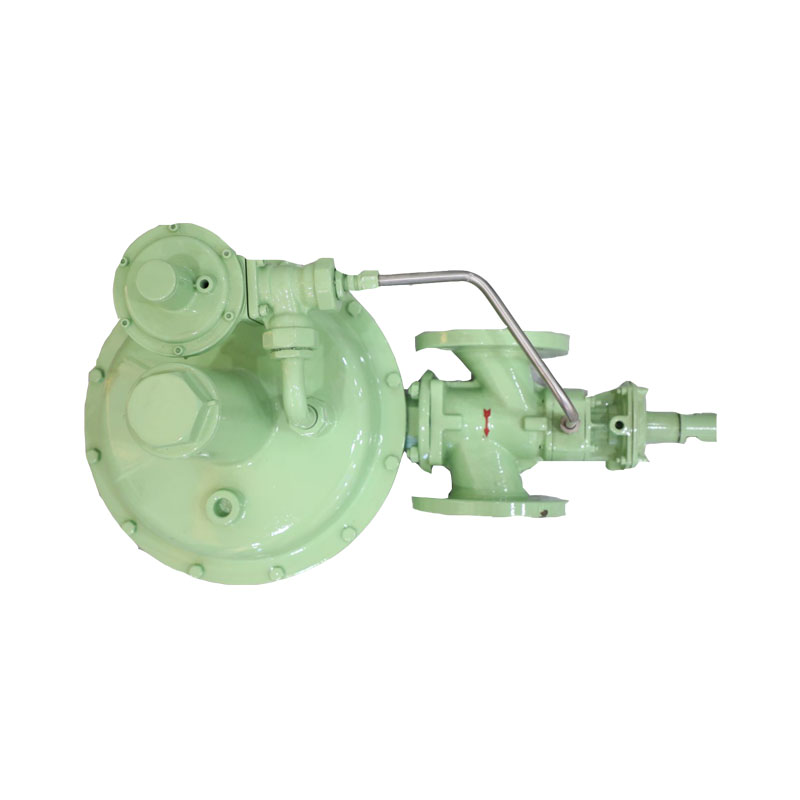
Dec . 28, 2024 21:14
Back to list
مزلقة تنظيم الضغط
Understanding Pressure Control Systems A Deep Dive into Regulators
Pressure control systems are essential components in various industrial and commercial processes, playing a critical role in maintaining optimal conditions for operational efficiency and safety. One of the most crucial elements in these systems is the pressure regulator, commonly referred to as a pressure control valve or a pressure-reducing valve. This article explores the significance, functionality, and applications of pressure control systems, particularly focusing on the role of pressure regulators.
What is a Pressure Regulator?
A pressure regulator is a device that automatically cuts off the flow of a gas or liquid once a predetermined pressure level is reached. It reduces the pressure from a higher source to a lower, usable level, ensuring consistent and stable pressure within a system. Regulators are vital in applications ranging from industrial machinery to medical equipment, where precise pressure control is paramount to safety and performance.
How Does a Pressure Regulator Work?
The fundamental operation of a pressure regulator is based on balancing forces. It consists of a sensing element, the spring, and an adjustable outlet pressure setting. When the incoming pressure exceeds the set point, the diaphragm in the regulator moves, adjusting the valve opening to reduce the flow of the medium until the desired downstream pressure is achieved.
There are various types of pressure regulators, including
1. Single-stage regulators - These are designed to reduce pressure in one step. They are typically used in applications where the supply pressure is relatively constant.
2. Two-stage regulators - These involve two pressure reduction steps. They are ideal in situations where the supply pressure might fluctuate significantly.
3. Automatic and manual regulators - Automatic regulators adjust the outlet pressure based on dynamic conditions, while manual regulators require user intervention to maintain the desired pressure.
Applications of Pressure Regulators
مزلقة تنظيم الضغط

Pressure regulators are employed in a wide range of sectors. Here are a few key applications
- Manufacturing and Processing In industries such as chemical processing and food and beverage production, accurate pressure regulation is essential to maintain safety standards and product quality.
- Medical Devices Medical gas regulators ensure that gases like oxygen are delivered at safe and practical pressures for patients, thereby playing a crucial role in medical emergencies and treatments.
- Oil and Gas In the oil and gas industry, pressure regulators help control the flow of materials through pipelines, ensuring safe transportation and minimizing the risk of leaks or explosions.
- HVAC Systems Heating, ventilation, and air conditioning systems utilize pressure regulators to maintain optimal airflow, enhancing energy efficiency and comfort.
Importance of Pressure Control
The importance of effective pressure control cannot be overstated. It directly impacts safety, efficiency, and the longevity of equipment. Overpressure situations can lead to catastrophic failures, resulting in costly downtime, repairs, and potential legal ramifications. Conversely, under pressure can cause inefficient operations and increased energy consumption.
Moreover, regulatory standards often mandate specific pressure control measures, meaning companies must invest in reliable pressure management solutions to comply with industry regulations.
Conclusion
In conclusion, pressure regulators are indispensable tools in maintaining the stability and safety of various systems across multiple industries. Their ability to control and stabilize pressure protects both equipment and personnel. As technology evolves, innovations in pressure regulation systems continue to enhance their efficiency, reliability, and functionality, ultimately contributing to more effective and safer industrial practices. Understanding and implementing robust pressure control systems will be crucial for businesses aiming to optimize operations and ensure safety in an increasingly competitive marketplace.
Latest news
-
Safety Valve Spring-Loaded Design Overpressure ProtectionNewsJul.25,2025
-
Precision Voltage Regulator AC5 Accuracy Grade PerformanceNewsJul.25,2025
-
Natural Gas Pressure Regulating Skid Industrial Pipeline ApplicationsNewsJul.25,2025
-
Natural Gas Filter Stainless Steel Mesh Element DesignNewsJul.25,2025
-
Gas Pressure Regulator Valve Direct-Acting Spring-Loaded DesignNewsJul.25,2025
-
Decompression Equipment Multi-Stage Heat Exchange System DesignNewsJul.25,2025

